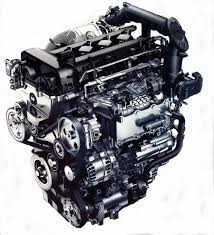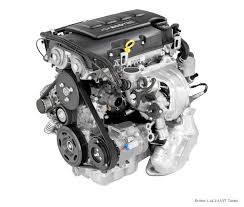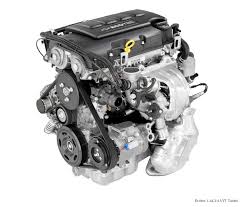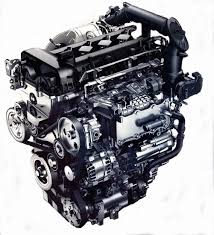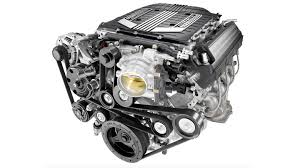 Core Web Vitals Boost – Speed Up Your Site & Your SEO!
Core Web Vitals Boost – Speed Up Your Site & Your SEO!
How to Buy Used Transmissions
Written by Turbo Auto Parts » Updated on: June 17th, 2025

When it comes to vehicle repairs, replacing a transmission is one of the most expensive and challenging tasks. Whether you drive a sedan or truck, the transmission plays a vital role in ensuring your car runs smoothly. For many car owners, purchasing a brand-new transmission can be prohibitively expensive, leading them to seek out used options. Buying used transmissions can save you money while still providing reliable performance. However, making the right choice requires some knowledge and careful consideration.
This guide will walk you through the key steps and considerations for buying a used transmission, ensuring you make an informed decision and avoid costly mistakes.
1. Understand the Importance of the Transmission
Before diving into the purchasing process, it’s crucial to understand what the transmission does. Essentially, it controls the power from the engine to the wheels, allowing your vehicle to change gears and move at different speeds. When a transmission fails, you’ll likely experience a range of issues, from slipping gears to strange noises and an inability to drive. This makes replacing or repairing it an immediate priority.
Buying a used transmission can restore your vehicle's performance at a fraction of the cost of a new one. But just like any used auto part, there are risks involved.
2. Know Your Vehicle’s Specifications
One of the most important steps in buying a used transmission is to know your vehicle's exact make, model, and year. Transmissions are highly specific to the vehicle they come from. Variations between models, even within the same brand, can mean significant differences in transmission compatibility. It’s crucial to match the transmission to your vehicle's specifications, including the engine type, drive type, and more.
Additionally, you can find your vehicle's transmission code in the owner’s manual or on a tag located on the transmission itself. Having this information ensures you’re buying the correct used part.
3. Choose a Reliable Seller
The key to purchasing any used car part is to buy from a reliable and trustworthy seller. There are numerous avenues to explore:
Salvage Yards: Salvage yards often sell used transmissions from vehicles that have been in accidents or decommissioned for other reasons. These can be a good source for affordable parts, but you may need to be cautious about quality.
Online Marketplaces: There are many online platforms dedicated to selling used auto parts. Be sure to read reviews and research the seller’s reputation before making a purchase.
Specialized Dealers: Some companies, like Turbo Autoparts, specialize in used engines and transmissions. Buying from a reputable dealer ensures that the part has been inspected and tested, giving you peace of mind.
Wherever you buy from, always check for a warranty or return policy. A trustworthy seller should provide a warranty of at least 6 months to 1 year on a used transmission, protecting you from any immediate failures after installation.
4. Request a Full Vehicle History Report
If possible, request the history of the vehicle the transmission came from. This will provide insight into the mileage, maintenance records, and why the vehicle was decommissioned. A transmission with low mileage from a vehicle involved in an accident may be more reliable than one from an older, worn-out car.
5. Inspect the Transmission Before Buying
While inspecting the transmission yourself may be challenging, there are a few things to look out for if you get the chance to physically examine the part:
Check for Leaks: Look for any signs of oil or fluid leakage. A transmission with leaks may indicate internal damage or worn-out seals, which could lead to more problems down the road.
Inspect the Fluid: Transmission fluid should be red or pink. If it appears brown or smells burnt, this is a sign of wear and tear.
Look for Damage: Check the casing for any visible cracks or damage. Also, ensure that the torque converter (if applicable) and other components are intact.
If you’re buying the transmission online or from a remote source, ask for detailed photos or a video showing these elements before finalizing the purchase.
6. Test the Transmission
Whenever possible, it’s ideal to buy a transmission that’s been tested before being sold. Many salvage yards and auto parts sellers will perform a test on the transmission to verify its condition. This can include running it through a few gears to ensure smooth operation, checking fluid levels, and inspecting for noise or abnormal behavior.
7. Compare Prices
Used transmissions can vary widely in price depending on the make, model, and condition. While it might be tempting to go for the cheapest option, it’s essential to balance cost with quality. A slightly more expensive transmission from a reputable seller that comes with a warranty is often a better long-term investment than a rock-bottom price that may cause issues later.
8. Ensure Proper Installation
Once you’ve purchased used transmission, it’s critical to have it installed correctly. A professional mechanic should handle the installation to ensure that everything is aligned and functioning correctly. Improper installation can lead to premature failure or poor performance. Some sellers may require proof of professional installation for the warranty to remain valid.
9. Consider Rebuilt or Remanufactured Transmissions
If you’re concerned about the risk of buying a used transmission, you might want to consider a rebuilt or remanufactured transmission. Rebuilt transmissions have had worn parts replaced, while remanufactured transmissions have been fully disassembled, inspected, and restored to near-new condition. Though these options are more expensive than buying used, they are a middle ground between cost savings and reliability.
If you want to read more about other Hummer engines, you can read our blog article
Conclusion
Buying a used transmission can be a great way to save money while restoring your vehicle’s performance. By following the steps outlined in this guide—knowing your vehicle's specifications, choosing a reliable seller, inspecting the part, and ensuring proper installation—you can make a confident and informed purchase. With the right approach, a used transmission can provide years of reliable service at a fraction of the cost of a new one.
Note: IndiBlogHub features both user-submitted and editorial content. We do not verify third-party contributions. Read our Disclaimer and Privacy Policyfor details.
Copyright © 2019-2025 IndiBlogHub.com. All rights reserved. Hosted on DigitalOcean for fast, reliable performance.



